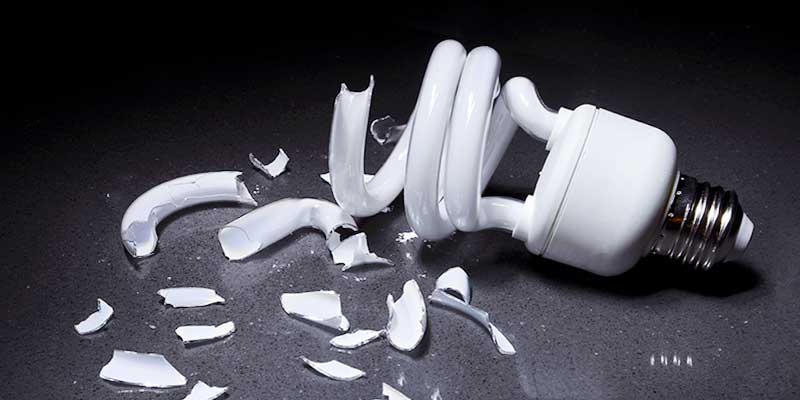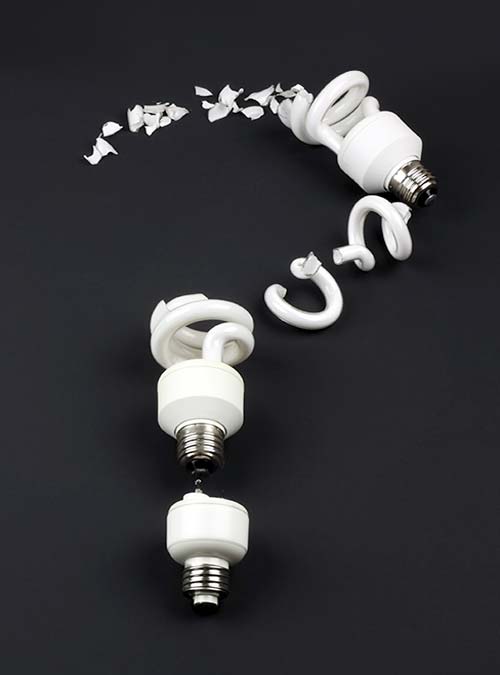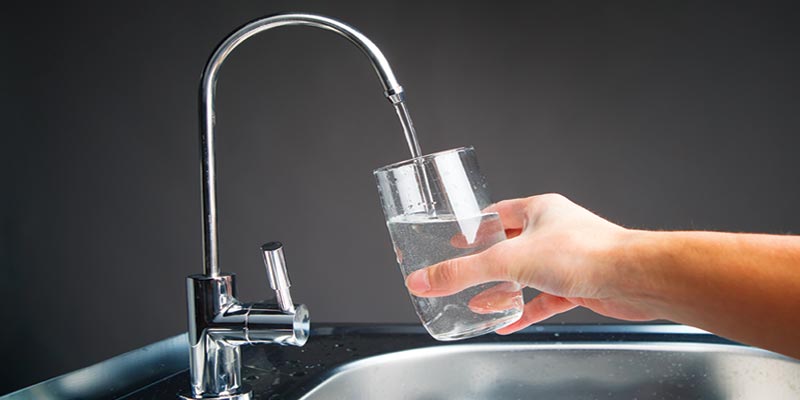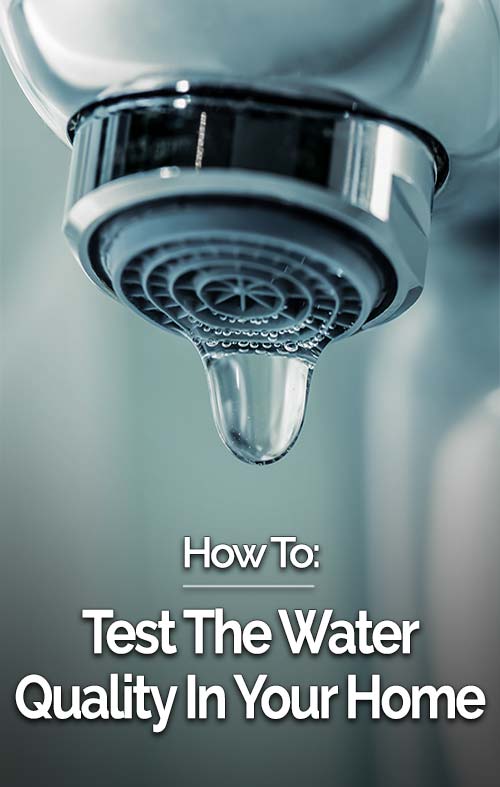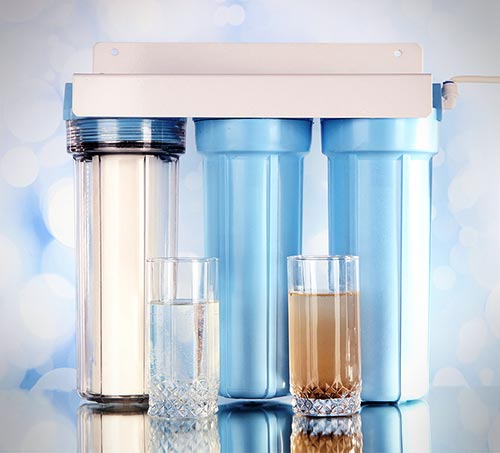If you are preparing to sell your house, then you probably know that taking care of a few basic maintenance concerns and making it look great are keys to selling it at a better price. What you might not have heard about, though, are the directed strategies that pay off best and how to put them into place for your sale.
Below, we highlight a few of the key home improvements that may pay off when you are trying to raise the value of your home before you put it on the market. While every house has a maximum reasonable asking price that is mostly determined by its size, location, and architecture, these strategies will get you as close to that number as you can get without overspending.
1. Make Simple Upgrades
Full remodels tend to be more expensive than they are worth for sellers, regardless of which room you do them in. They are great ways to make a home your own, but when you want to sell, you really need to be concerned with the cost-to-value ratio, and the only value that matters is the final sale price. Here are the cost-effective upgrades that you might want to try out in your home:

-
Add a Fresh Coat of Paint
Prioritize rooms with walls that show a little wear or damage, and keep your color choices light, inviting, and relatively neutral. Just don’t be boring or flashy, keep things in the middle.
-
Repair damage with fills, plasters, and other bonding agents.
Whether it is wood, porcelain, drywall, or whatever, you do not want cracks, chips, divots, and other signs of wear showing up. For woodwork, many hardware stores carry blending touch-up pens that can be a huge help.
-
Reglaze damaged countertops, tubs, and sinks.
This one is easy to lose money on if you do not really need it, but it is better to spend a few hundred dollars reglazing a chipping or peeling formica countertop than it is to lose thousands because show features are damaged. If you have questions about whether this option is right for your home, talk to your realtor about it.
-
Consider simple fixture replacement.
New cabinet handles, faucet features, and other basic fixtures can often be purchased and installed cheaply as DIY projects. A few simple swaps for tarnished, over-painted, or just out-of-date fixtures and your new additions make the room look up-to-date without investing in a full remodel.
2. Depersonalize Your Space
The hardest step for most homeowners is coming to terms with the need to cut back on their personal clutter.
Your house is your refuge, and even when it’s time to sell, it can be difficult to transition into treating it like a space for other people, but you really need to do that if you are going to get the most out of your sale. Think in terms of how a professional might come and stage your home before a showing. These steps will help you to make your home showroom-ready, and they can also help your move be easier in the long run.
-
Declutter Everything.
Box up items that really do not need to be around the house, like old photo albums and keepsakes that are mostly out for display, take down most of your old family photos, and try for a minimalist approach to wall decor. You do want a few pictures or paintings for accent pieces, but it can be hard for a buyer to see the house behind your stuff if it is too full.
-
Tidy Up Your Storage Space
Even if you normally organize your tools or books with piles that are mostly the same size and color, your buyers are looking to see what is possible in a space, so storing some items and arranging others to showcase the best uses of your cabinets and other built-in storage areas will help prospective buyers see that.
-
Trim Your Furniture to a Tasteful Minimum
You want each room to have the pieces that are necessary to say it is completely furnished, but most of us like to over-furnish our rooms as part of our personal decorating style. Pulling that back makes it easier to see the room for itself, and it also helps you to stage it in a way that takes advantage of natural light.
-
Clean Up After Your Pets
If possible, get them out of the house, even if it is just during the days when the house is being shown. Having strange animals around can be off-putting to some people, and you never know who is going to be allergic.
Having some of your family’s extra belongings in storage, including that extra furniture, makes moving simpler because it gets everything that is not essential out of your way until you are ready for it.
3. Clean the House from Top to Bottom
A deep and thorough home cleaning is actually a house improvement, because it rolls back some of the wear and tear that can become damage in the long-term if it is not taken care of. This can include the growth of mold or mildew, especially in the bathroom and window sills, air purity issues that come from allergen buildups in the carpet, and moisture that can lead to problems with your basement and crawl spaces. Take these steps to get a solid deep cleaning, so that buyers see your home in the best possible light.
-
Remove all the stains
From hard water buildup to soap scum, rings around the drop sink, and rust marks in the basement, you will want to get rid of any signs of regular wear from your home’s fixtures. There are a variety of products, including natural alternatives, that will help with everything from rust stains to limescale. Inventory the sites in your house that need to be treated, and hit them systematically until you see no signs of the deposits.
-
Shampoo Carpets and Rugs
Even if they are not permanent installations in the home, a deep cleaning on all the rugs and carpets helps purify your home air quality and takes years off the appearance of the rugs. Sometimes, it can even rescue a carpet that looks like it needs to be replaced.
If you follow through with these basic upgrades and house improvement strategies, then it should be easy to maximize your home’s resale value for today’s market. Just remember, the key is to find low-cost solutions. Anything that involves major remodeling should wait for your next house.
